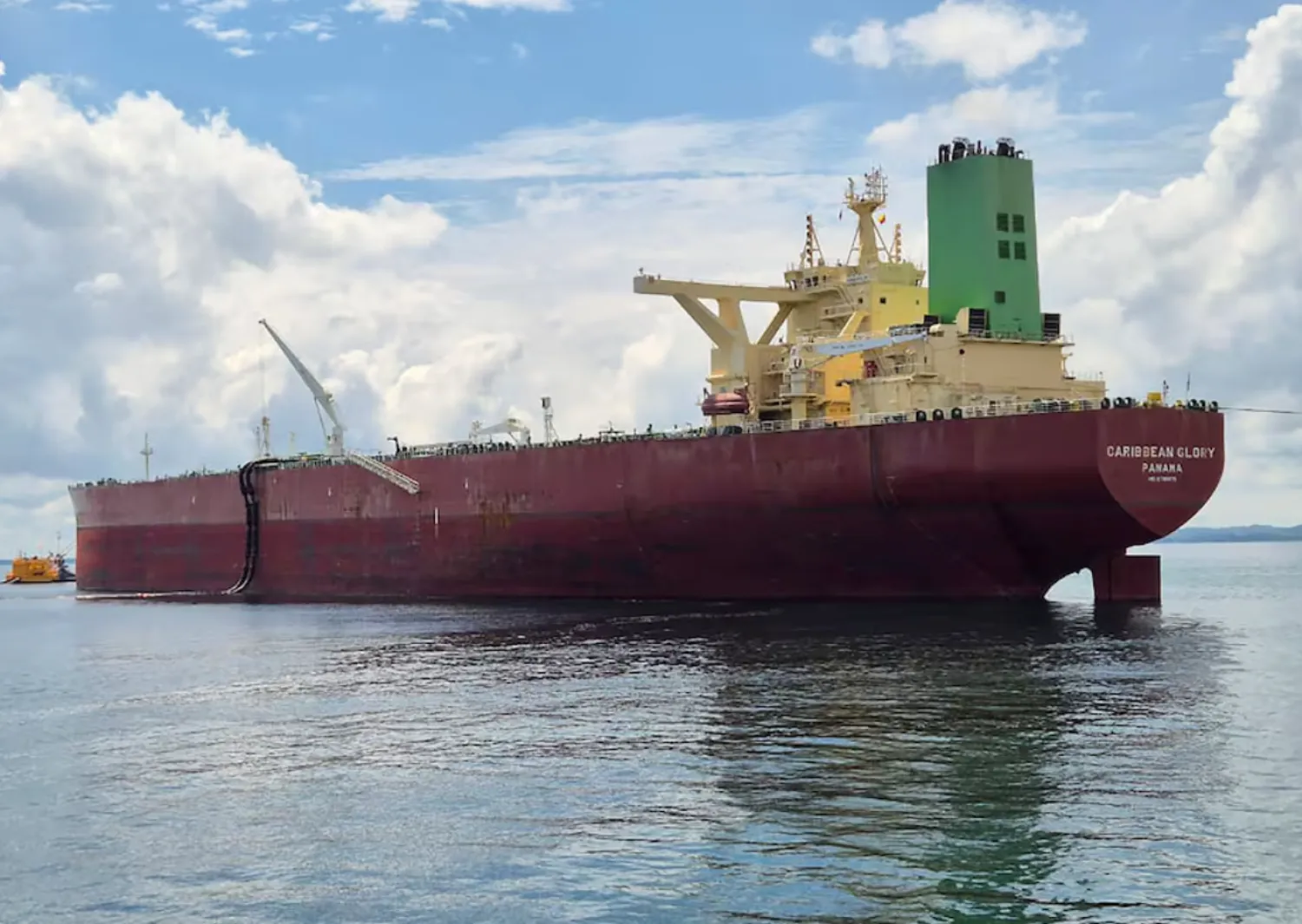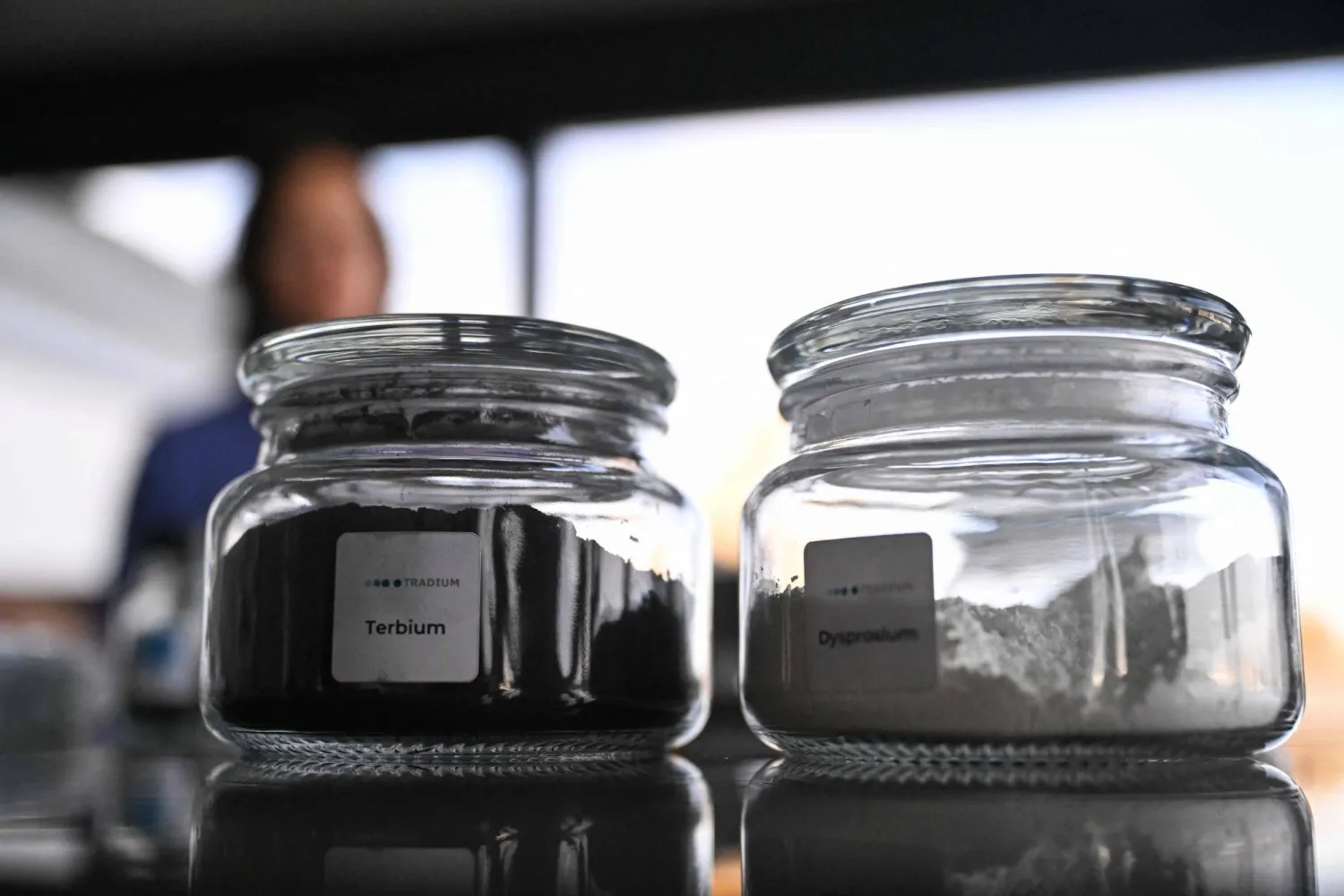Sudan’s government has adopted its 2019 state budget as the country reeled from fresh protests over the rising cost of bread.
The new budget kept subsidies on basic commodities and for the first time included a clause on fighting corruption.
Chairman of the The Sudanese Transparency Organization (STO) Al-Tayeb Mukhtar welcomed the allocation of 1.13 million dollars to eliminate corruption.
He said that according to the United Nations, the state and the government should fund and help the parties combating corruption, whether they are state institutions or representatives of civil society.
The budget was adopted on Thursday as Sudan’s economy struggles under the burden of a climbing inflation and deadly protests that were sparked this week when the government decided to raise the price of a loaf of bread from one Sudanese pound to three (from about two to six US cents).
While not adding new taxes or tariffs in the new budget, the government removed many of the waivers granted to investors and importers. It forecast a 39 percent growth in revenues, reaching 3.43 billion dollars, and a drop from 3.7 to 3.3 percent in deficit.
Prime Minister and Minister of Finance Motazz Moussa told the parliament in a statement that the budget forecast a 5.1 percent economic growth and that subsidies would reach around 1.4 billion dollars, including 53 million dollars for bread and gas.
In an attempt to fight inflation, he also urged local authorities to allow vendors to sell their groceries and other products on their carts without imposing any fees on them.









